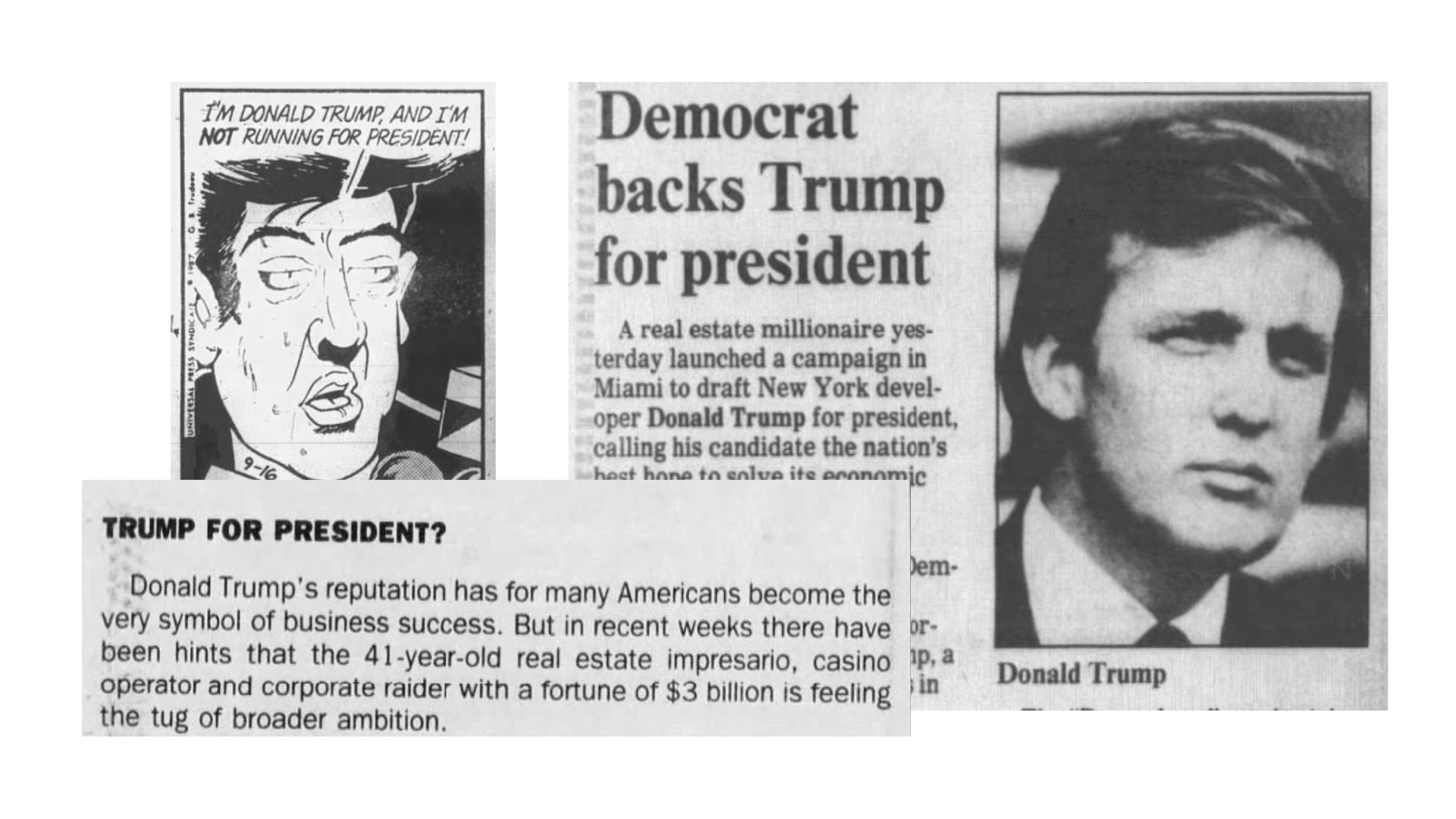I grew up in a haze of blue smoke in the 1970s generated by a chain smoking father. He’d started puffing at least twenty years before when advertising campaigns by tobacco manufacturers asserted that cigarettes were healthy for you.

From the 1930s to the 1950s, ads in magazines and newspapers often included family doctors announcing what brand they preferred and how the smooth taste was good for your throat. It seems like a sick joke now but back then…it was mainstream.
As if enlisting the medical profession wasn’t bad enough, the cigarette makers also featured healthy people in their ads. This included top sports figures like Joe DiMaggio, one of the greatest baseball players of all time. Despite his heavy smoking habit he lived to 84 years of age before lung cancer finally finished him off.
FIND OUT MORE: My father dies of Covid and COPD
One of the main culprits for this kind of advertising associating being healthy with smoking was the RJ Reynolds Tobacco Company and its Camel brand. In 1946, it launched a campaign with the slogan: More doctors smoke Camels than any other cigarette.
Doctors were indeed surveyed by the advertising company just after receiving complimentary packets of Camel cigarettes. At the time, the majority of physicians smoked compared to today when the figure is reportedly down to single figures in percentage terms.
Evidence that lung cancer was on the rise was pretty compelling by the 1940s and the link to tobacco had already been made. The use of doctors and sporty types indicates the industry recognised a looming problem. They hoped to overwhelm it with adverts portraying the habit as part of a healthy lifestyle.
DISCOVER: Old American newspapers reveal the horror of slavery
One tactic was to have these informed or healthy people stating that lower quality brands of cigarettes had indeed irritated their throat or lungs. But once they’d opted for Camel or Lucky Strike or whatever brand was featured in the ad – the problem went away. This was backed up with reports and data allegedly compiled by doctors on the improvements seen in their own smoking experience.

References:
Werner C. A., “The Triumph of the Cigarette,” American Mercury 6 (1925): 419–420; W. M. Johnson, “The Effects of Tobacco Smoking,” American Mercury 25 (1932): 451–454; A. G. Ingalls, “If You Smoke,” Scientific American 154 (1936): 310–313, 354–355
Burnham J. C., “American Physicians and Tobacco Use: Two Surgeons General, 1929 and 1964,” Bulletin of the History of Medicine 63 (Spring 1989): 1–31
Snegireff L. S. and O. M. Lombard, “Survey of Smoking Habits of Massachusetts Physicians,” New England Journal of Medicine 250 (24) (1954): 1042–1045; “The Physician and Tobacco,” Southwestern Medicine 36 (1955): 589–590











